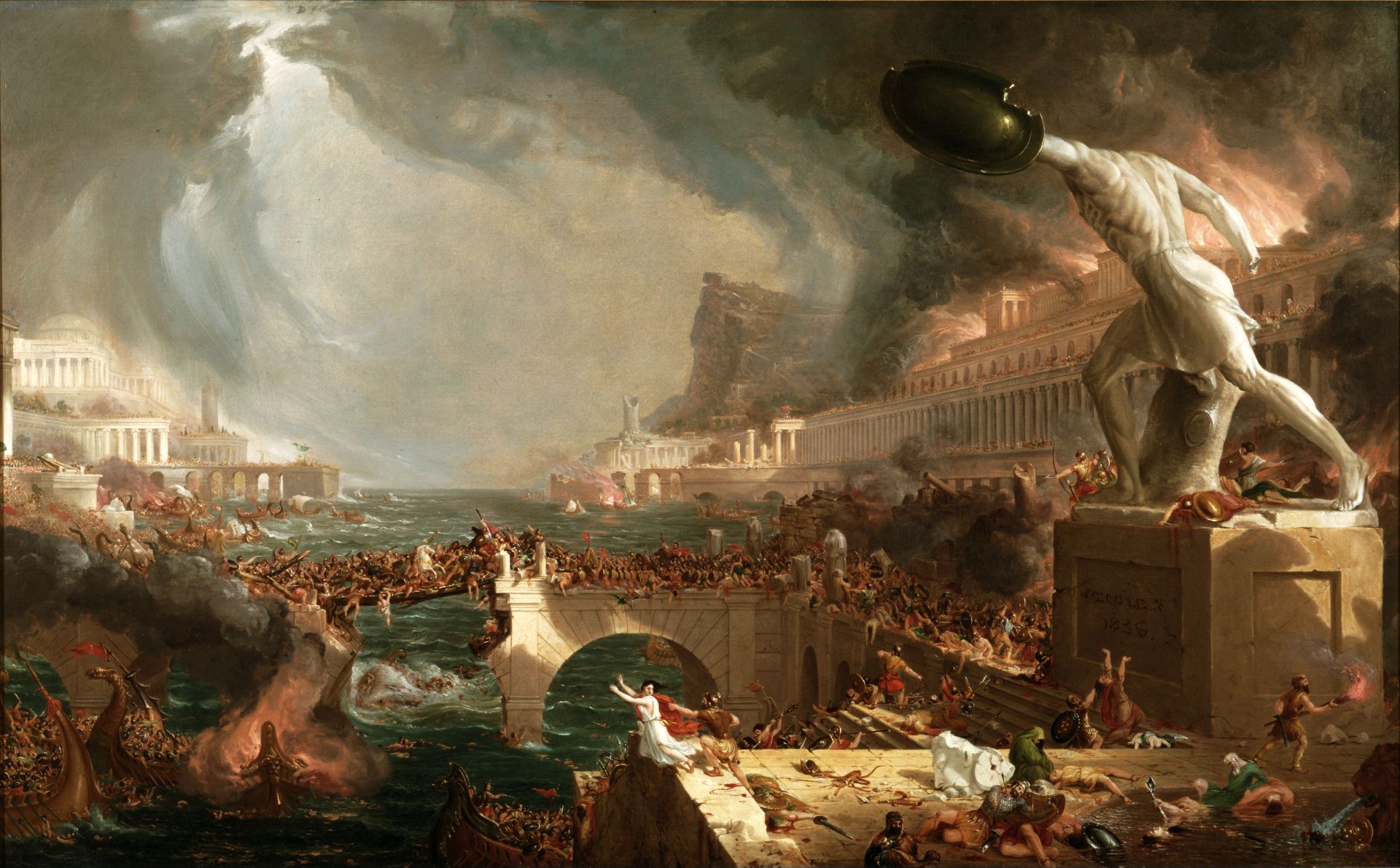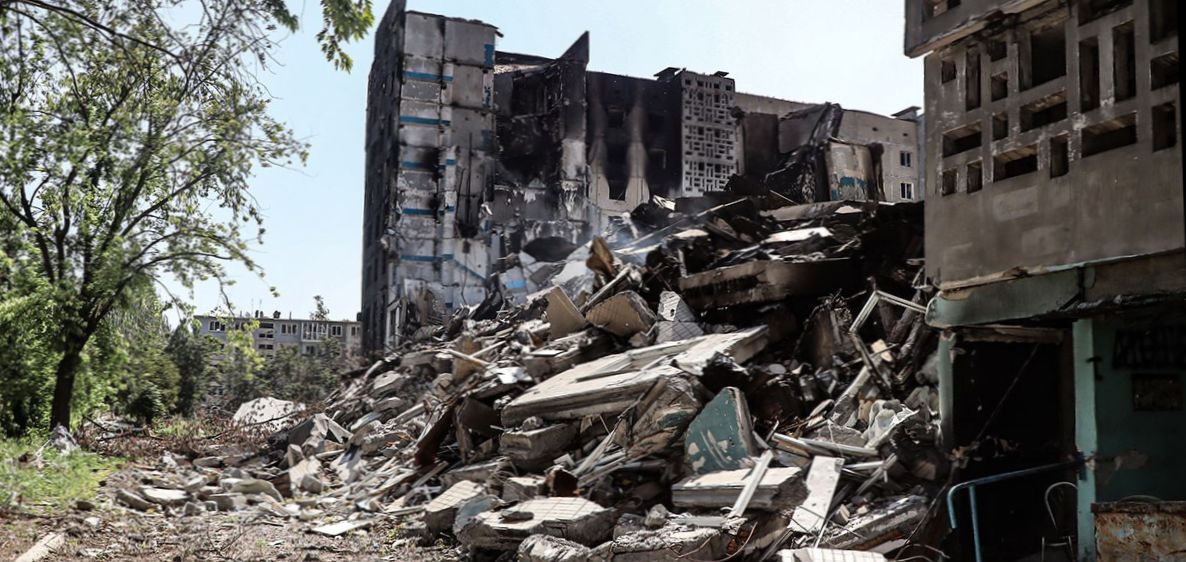Authors:
Historic Era:
Historic Theme:
Subject:
November/December 2024 | Volume 69, Issue 5


Authors:
Historic Era:
Historic Theme:
Subject:
November/December 2024 | Volume 69, Issue 5
Editor’s Note: Victor Davis Hanson is an American military historian, columnist, classics professor and prolific author. He was awarded the National Humanities Medal in 2007 by President George W. Bush. Hanson’s most recent book, The End of Everything: How Wars Descend into Annihilation, from which this essay was adapted, looks at examples in the past of civilizations that were destroyed, reminding us that societies are not immune from the horror of wars of extinction and the erasure of an entire way of life.
There are lots of ways that states and their peoples can vanish from history, and all sorts of causes explain their disappearance. Both nature – earthquakes, tsunamis, volcanic eruptions, plagues, and climate change – and humans sometimes wipe out vulnerable populations. Indeed, entire cultures have often been obliterated, sometimes quickly, sometimes over decades. Rarer is the abrupt wartime destruction of a civilization, a state, or a culture through force of arms, as with classical Thebes, Punic Carthage, Byzantine Constantinople, and the Aztecs of Tenochtitlan. They provide a warning that the modern world, America included, is hardly immune from repeating these tragedies of the past.
The wartime end of everything has usually followed from a final siege or invasion. The coup de grace predictably targeted a capital or the cultural, political, religious, or social center of a state. And the final blow resulted in the erasure of an entire people’s way of life – and often much of the population itself.

Strangely, the transition from normality to the end of days could occur rather quickly. A rendezvous with finality was often completely unexpected. Yet absolute defeat too late revealed long-unaddressed vulnerabilities, as economic, political, and social fissures widened only under wartime pressures. Waning empires rarely wished to accept, much less address, the fact that their once-sprawling domains had been reduced to what the defenders could see from their walls.
Naivete, hubris, flawed assessments of relative strengths and weaknesses, the loss of deterrence, new military technologies and tactics, totalitarian ideologies, and a retreat to fantasy can all explain why these usually rare catastrophic events nevertheless keep recurring – from the destruction of the Inca Empire to the end of the Cherokee nation to the genocide of a populous, vibrant, and Yiddish-speaking prewar Jewish people in Central and Eastern Europe.
The continual disappearance of prior cultures across time and space should warn us that even familiar twenty-first-century states can become as fragile as their ancient counterparts, given that the arts of destruction march in tandem with